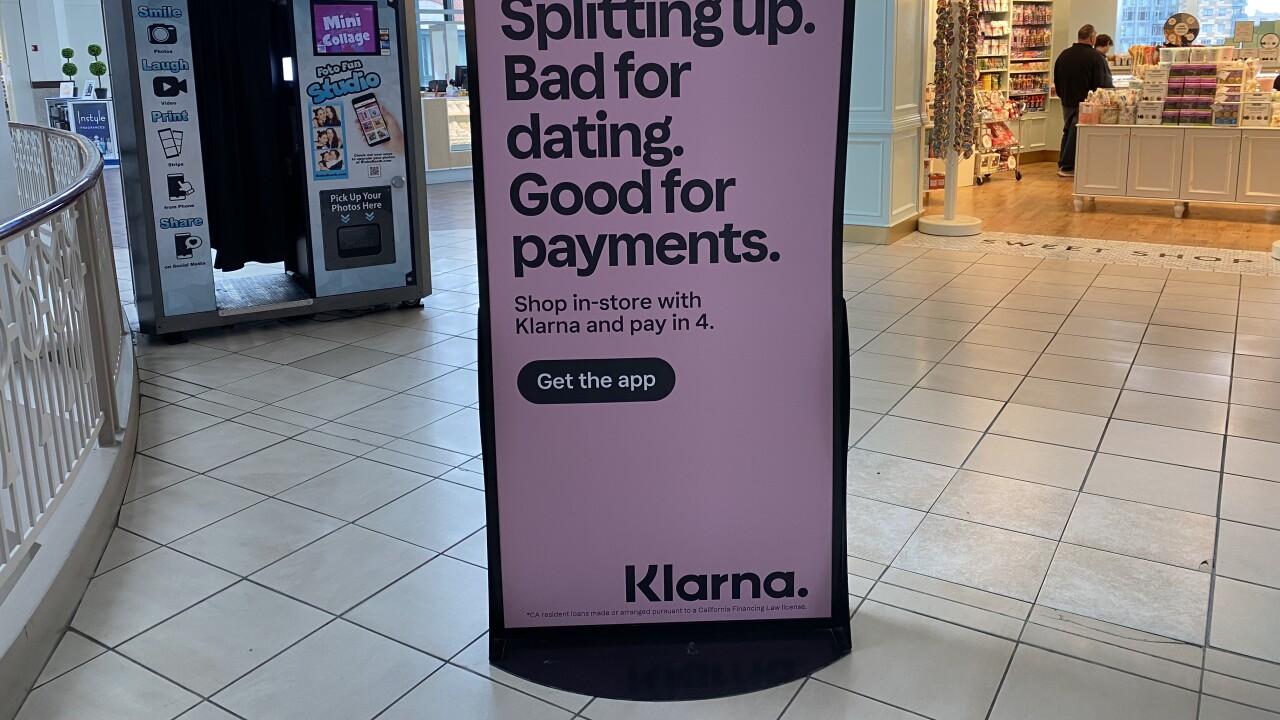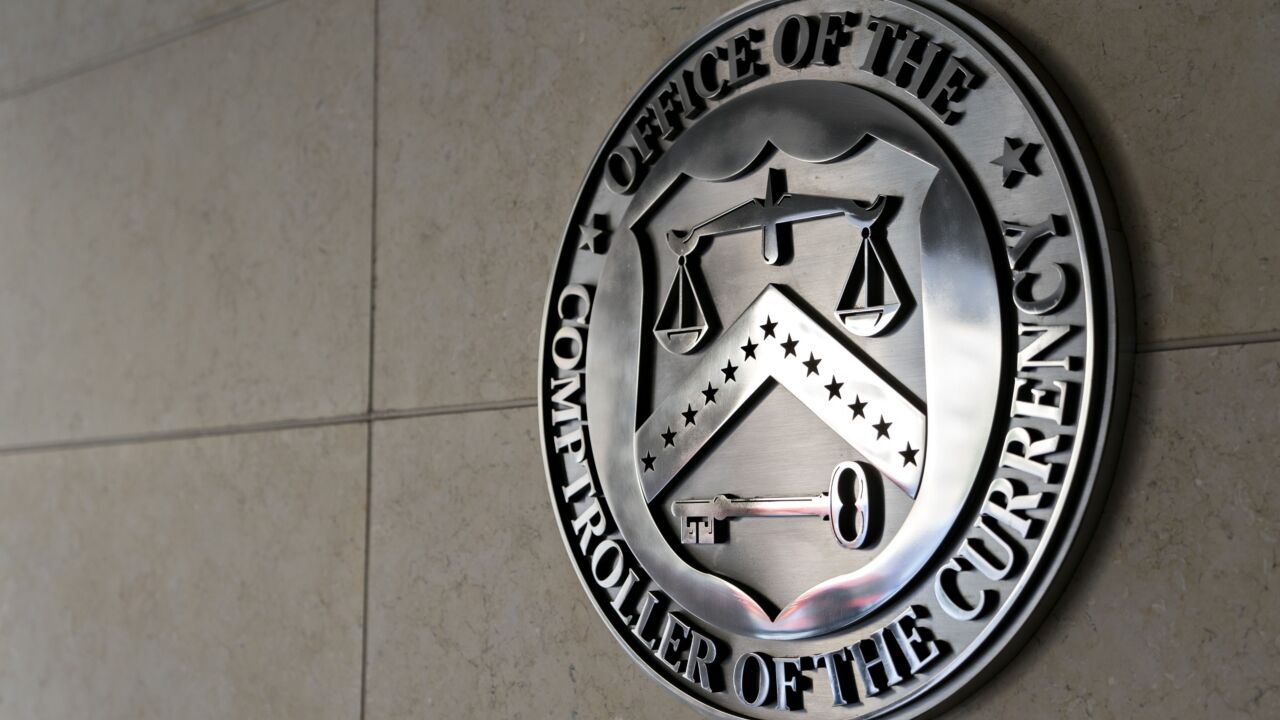
The popularity of cryptocurrency and the expectation of new regulations are pushing stablecoins into the spotlight, potentially creating new markets for the digital asset.
Stablecoins are designed to be less volatile than other forms of cryptocurrency and as such are seen as the most likely digital asset to be used for payments. But stablecoins are complex and may not necessarily be a good fit for all types of payments.
That places pressure on banks and payment companies to match the right stablecoin with the right user, taking economic risk, compliance with existing and
"When we talk about standard consumer payments in the U.S., then you really don't need a stablecoin because there are loads of other mechanisms available," said Martha Bennett, vice president and principal analyst for Forrester. "But where that is different is for cross-border payments, or other types of transactions where you still have lots of friction, where payments take a long time to process."
What are stablecoins?
The definition of
Ideally, a stablecoin has a 1:1 backing between the stablecoin's value and the value of the supporting reserves. For this reason, payment companies have
But it's rare that a stablecoin is backed entirely by a traditional currency, according to Bennett.
"When you see terms like 'fiat-backed,' people think the stablecoin has dollars behind it but that's not the case," she said. The reserves that back stablecoins can be Treasury bills or other assets that are ideally liquid and relatively safe though that has been the subject of controversy in the past and is still part of efforts to regulate stablecoins, she said.
In general, the more traditional currency that is in the stablecoin reserves, the less risk for the user. "The actual cash element in these stablecoins can be quite small," Bennett said. That means it's vital to know the mix of these reserves, which ensure that users can
How do stablecoins work?
Stablecoins such as Tether, USDC and PayPal's PYUSD are designed to change valuation more or less in tandem with the more "stable" backing assets, thus the name.
The
That has made bitcoin and other cryptocurrencies more amenable to traders who use stablecoins as a less-risky way to balance a larger portfolio.
There are different kinds of stablecoins.
Fiat-collateralized stablecoins, which are most stablecoins and the type most likely to be used for payments, are managed by independent consultants.
Commodity-backed stablecoins use gold, silver or other commodities as reserves. An example of a commodity-backed stablecoin is Tether Gold.
Other stablecoins are backed by other cryptocurrencies but are overcollateralized to manage the crypto's volatility. And algorithmic stablecoins may not have reserve assets but instead use a computer program to manage the coin's value.
How do you get stablecoins?
Companies, such as cryptocurrency firm Circle, payments firm PayPal and others issue stablecoins that can be purchased through the issuer or on a cryptocurrency exchange.
Users set up an account, similar to buying other cryptocurrency, and store the stablecoins in a digital wallet tied to that account.
Payment firms such as PayPal and its
Why use stablecoins for payments?
Stablecoins are good for retail payments for a few reasons, according to Enrico Camerinelli, a strategic advisor for Datos Insights. Like other digital assets, which are often referred to as "tokenized" (meaning they are digitized on a distributed ledger such as a blockchain) stablecoins have faster settlement times.
"Tokenized assets allow for immediate transaction clearing, minimizing delays and inefficiencies in financial exchanges," Camerinelli said.
Stablecoins have lower counterparty risk, since digital asset transactions reduce dependency on intermediaries, providing companies with enhanced control over their liquidity management, according to Camerinelli.
Another benefit is lower operational costs.
"By minimizing the need for human oversight, automation technologies and smart contracts (an automated system that 'triggers' a payment when certain conditions are met) offer substantial improvements in operational efficiency," Camerinelli said.
Where stablecoins can be used for payments
The
Since mainstream currencies are ubiquitous, stablecoins are more likely to be used for international payments or remittances, where the local currency may be less volatile.
"There may not be access to lower cost transfer methods in some of these areas," Bennett said, noting there is a learning curve that the payments industry needs to address for payments to gain ground. "Right now you need to know how the financial system works to use stablecoins. People shouldn't have to know about what's going on in the background."
Other uses for stablecoins should also continue to grow, Camerinelli said.
"Financial institutions, central banks and fintech players are rapidly developing tokenized asset classes that could redefine capital markets. Mainstream adoption for retail payments requires full interoperability of systems and standards that are essential to prevent fragmentation and ensure that emerging markets can successfully interconnect with each other," he said.
The rules
Stablecoin issuers are counting on
Congress is
The GENIUS Act is part of a broader legislative effort to forge a U.S. legal framework for stablecoins, following a similar trend toward regulatory support in the European Union.
In Europe, the Markets in Crypto-Assets regulations launched on Dec. 30, though an earlier part of MiCA that requires stablecoin issuers to hold at least 60% of their reserve assets in European banks went into effect June 30. MiCA, which also includes consumer protection and tightens disclosure rules, provides a regulatory baseline for stablecoin payments.
Stablecoin issuers such as Circle have expressed hope that the Trump administration's pro-crypto posture will lead the U.S. to adopt stablecoin laws similar to MiCA.
Private companies largely issue stablecoins, with the largest being USDC and Tether. USDC is based in the U.S. and publishes reserves, while Tether is based outside the U.S. and does not make its reserves readily available for audit, said Gerald Gallagher, general counsel for Sei Labs.
"Previously, banks have not been able to issue stablecoins in the U.S. We have different entities engaging with different regulators, and the OCC, the de facto banking regulator in the U.S., is making a push to provide more clarity so that financial institutions can work with these innovative products without confusion over who they're reporting to, and how," Gallagher said.






